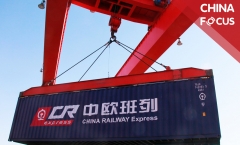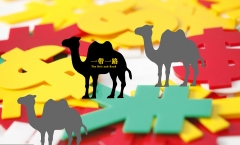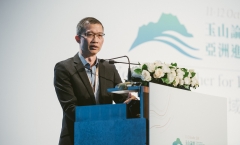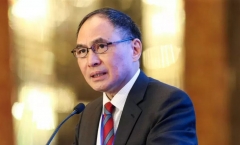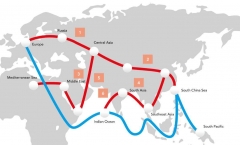【High-level Interview】Lee Hee Ok: China Should Further Explore New Development Models with B&R Initiative Countries
China can build and disseminate certain international discourse conforming to the spirit of open times. However, it cannot stop at simply being a “discourse”.
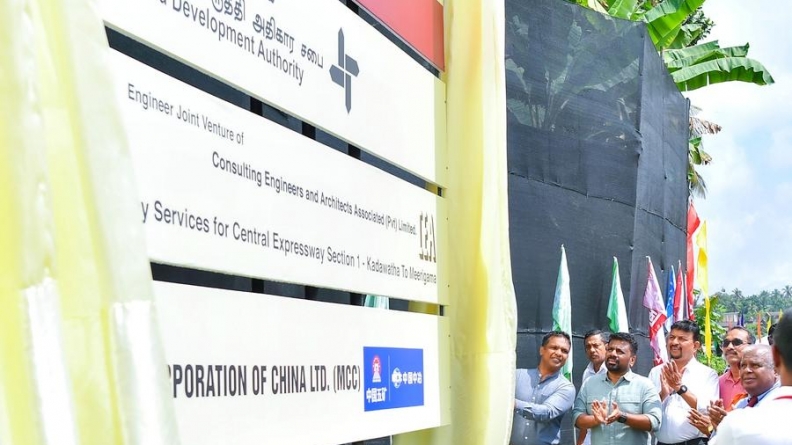
 Facebook
Facebook
 Twitter
Twitter
 Linkedin
Linkedin
 Google +
Google +



